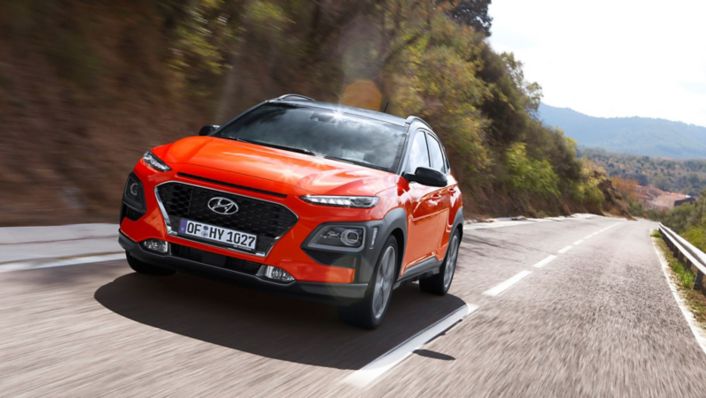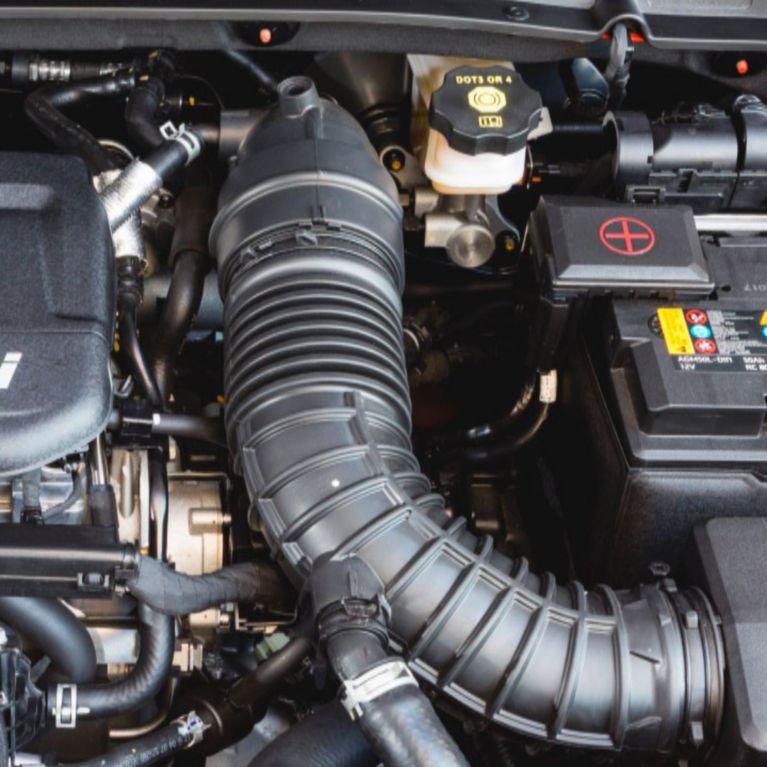Despite the exciting-sounding name, there's a more advantages to a turbocharged engine than just added power. Here's how it works.
When we look at the exhaust pipe on a moving car, we all know the fumes it emits are a mixture of waste air and fuel. But did you know that those fumes also contain a good amount of wasted energy in the form of heat and motion (kinetic energy)?
If not, don’t worry – Swiss engineer Alfred Büchi already did back at the start of the 20th century, making him think it would be a rather good idea to harness that otherwise lost energy to make a car go faster. In 1905, Büchi received a patent for using a compressor driven by exhaust gases to force air into an internal combustion engine to increase its power output – the very first turbocharger.
Car engines generate power by burning fuel in metal can-shaped components called cylinders. When fuel enters a cylinder it combines with air and burns to produce a small explosion that drives a piston out, turning the shafts and gears that make the car's wheels turn. As the piston comes back in, it pushes the waste air and fuel mixture out of the cylinder as exhaust.
To give a car’s engine more power, you could simply add more cylinders, enabling it to burn more fuel every second and (in theory) turn the shafts and gears faster. Or you can use a turbocharger to force more air into the cylinders it already has, creating more power from every explosion in order to achieve the same result.
If not, don’t worry – Swiss engineer Alfred Büchi already did back at the start of the 20th century, making him think it would be a rather good idea to harness that otherwise lost energy to make a car go faster. In 1905, Büchi received a patent for using a compressor driven by exhaust gases to force air into an internal combustion engine to increase its power output – the very first turbocharger.
Car engines generate power by burning fuel in metal can-shaped components called cylinders. When fuel enters a cylinder it combines with air and burns to produce a small explosion that drives a piston out, turning the shafts and gears that make the car's wheels turn. As the piston comes back in, it pushes the waste air and fuel mixture out of the cylinder as exhaust.
To give a car’s engine more power, you could simply add more cylinders, enabling it to burn more fuel every second and (in theory) turn the shafts and gears faster. Or you can use a turbocharger to force more air into the cylinders it already has, creating more power from every explosion in order to achieve the same result.
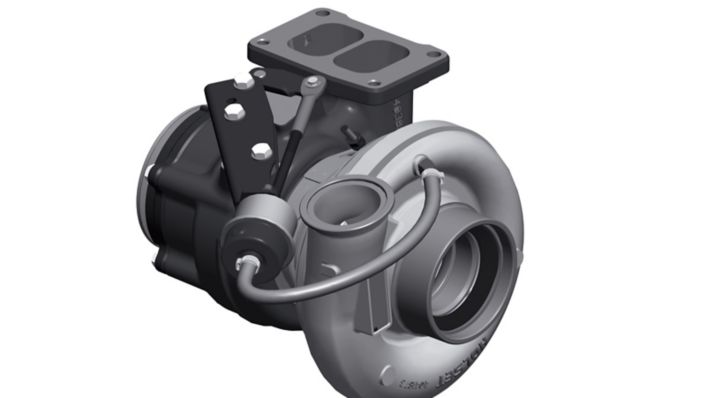
How does it work?
A turbocharger consists of two main parts – a turbine and a compressor. As an engine burns fuel, the exhaust gasses it releases are forced down a snail shell-shaped tube at high pressure to spin the turbine. The turbine spins at very fast speeds of up to 250,000rpm and, because the two devices are linked, causes the compressor to spin too. The compressor pulls significantly more air into the cylinders than those in a naturally-aspirated engine, creating that extra power.
Because a turbocharger operates at incredible speeds and under huge pressure, it generates a lot of heat. To cool the hot air coming out of it, a turbocharger is usually paired with an intercooler, as well as an oil cooling system that prevents it from becoming too hot.
What are the advantages?
The creation of more power isn’t the only benefit of having a turbocharged engine – it can also generate the same amount of power as a naturally-aspirated engine but use less fuel in doing so. With consumers demanding greater efficiency and regulations demanding lower emissions, it’s no wonder smaller turbocharged powertrains are becoming the norm.
A turbocharger also provides an engine with more torque lower down the rev range, making them ideal for town and city driving scenarios such as pulling out at junctions. In addition, a turbocharger muffles the sound of an engine’s intake, making for a quieter car.
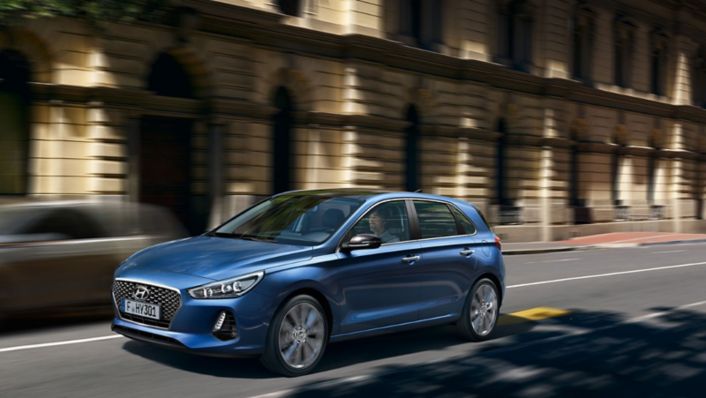
Hyundai: innovative turbocharging
Hyundai Motor introduced the first of a new generation of small turbocharged powertrains that offer enhanced performance, driving pleasure and efficiency in 2015, in the shape of the i20’s Kappa 1.0-litre T-GDI three-cylinder turbocharged direct injection engine. Featuring a small, single-scroll turbocharger, the 1.0 litre T-GDI engine was developed at Hyundai’s European Technical Center in Rüsselsheim and is able to produce up to 120 PS and 172 Nm of torque.
It comes with an electronically-controlled waste-gate actuator that improves fuel efficiency by lowering pumping losses, as well as improving throttle response and low-end torque. The unit features a six-hole GDI injector, pressured to a higher-than-average 200 bar, securing clean combustion and improving fuel economy and emissions to fulfil Euro 6c emission standards, two years ahead of their introduction in 2017.
The engine also uses a new split-cooling concept to manage different temperatures in the cylinder head and block area. The cylinder block is heated up quickly for lower friction and more efficient run, while the cylinder head is operating at lower temperatures to optimise injection and combustion. To keep the engine unit as small as possible, the exhaust manifold is integrated within the cylinder head and can therefore be cooled efficiently using the cylinder head water cooling system. These efforts result in faster warm-up of the catalyst and ultimately in reduced real-world fuel consumption and emissions.
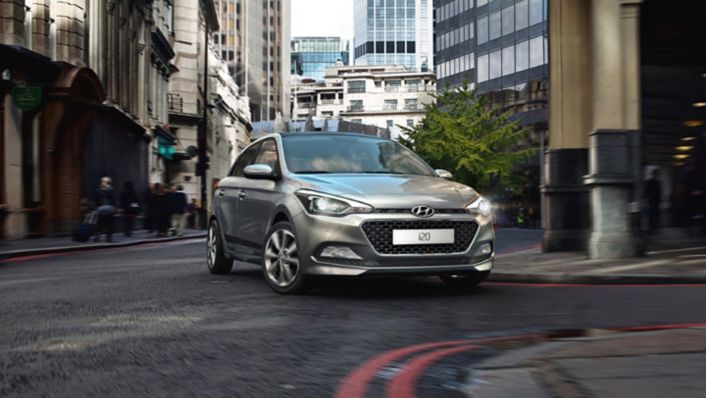
As well as the 1.0 litre T-GDI engine, the All-New i30 also offers the 1.4 T-GDI, four-cylinder turbocharged petrol engine that is significantly lighter than its predecessor, the Gamma 1.4-litre engine. The unit’s base weight has been reduced by 14 kg and it also boasts greater efficiency and power, delivering 140 PS and 242 Nm of torque.
The engine incorporates a high-pressure single-scroll turbocharger integrated in the exhaust manifold to improve operational efficiency. The relocated and re-engineered turbo means throttle response time and low-end torque have improved. The new design injects fuel directly inside the cylinder, improving combustion rates for better power and fuel efficiency.
The All-New Kona features an in-house developed, downsized 1.6 T-GDI four-cylinder turbo petrol engine with a performance of 177 PS (130 kW) and 265 Nm torque, in addition to the 1.0 litre T-GDI engine. The former handles the urban driving environment with ease and is not afraid of ventures into the countryside: 100 km/h are reached in only 7.9 seconds.
The engine incorporates a high-pressure single-scroll turbocharger integrated in the exhaust manifold to improve operational efficiency. The relocated and re-engineered turbo means throttle response time and low-end torque have improved. The new design injects fuel directly inside the cylinder, improving combustion rates for better power and fuel efficiency.
The All-New Kona features an in-house developed, downsized 1.6 T-GDI four-cylinder turbo petrol engine with a performance of 177 PS (130 kW) and 265 Nm torque, in addition to the 1.0 litre T-GDI engine. The former handles the urban driving environment with ease and is not afraid of ventures into the countryside: 100 km/h are reached in only 7.9 seconds.
